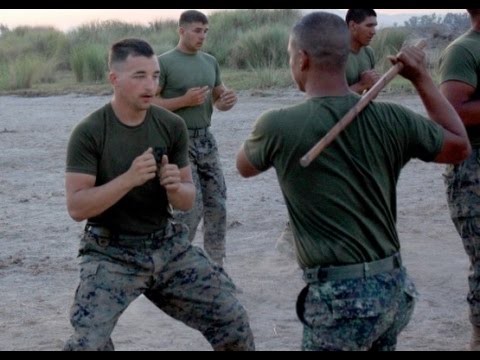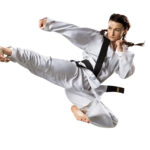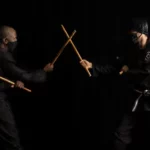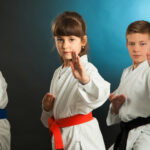“Hand-to-hand combat” is the best way to describe a North American martial art style known as Combatives. This “hybrid” martial art form is said to have originated from the United States of America. Apparently, this form of combat is also commonly referred to as “Closed Quarters Combat”. Furthermore, in this style of combat the fighter is taught to disengage the opponent, to gain control over an opponent, and finally to complete the combat.
History/origin of the Combatives:
Apparently, Combatives as a martial art form was first developed in England by William E Fairbairn and Eric A Stykes who belonged to the British Armed Forces. Furthermore, the need for a combative style of martial art was felt in the United States of America only post World War II. And so it was eventually during the Vietnam War that a combative style of martial art was developed in the country. It was eventually in the year 2002 that the Modern Army Combatives (MAC) was established when the Field Manual 3-25.150 was for the first time published. In addition, it was in January 2008 that the Air Force Combatives Program was created using MAC as a template.
Weapons used in the Combatives:
The “arms and legs” of the fighter are used as weapon in this style of combat.
Techniques involved in the Combatives and training availability:
In terms of technique, a fighter in this combat style is basically taught to disengage the opponent, to gain complete control over the opponent, and to complete the combat by acquiring victory over the opponent. Furthermore, submission technique is mainly used in this combat form, and hence a move known as “chokehold” is frequently used. In addition, a move such as “straight ankle lock” is also used by the fighter regularly in this combat form. As for training centers/schools, there are a few available especially in the United States of America for those interested in learning this “hybrid” martial art form.
image credit ')}







